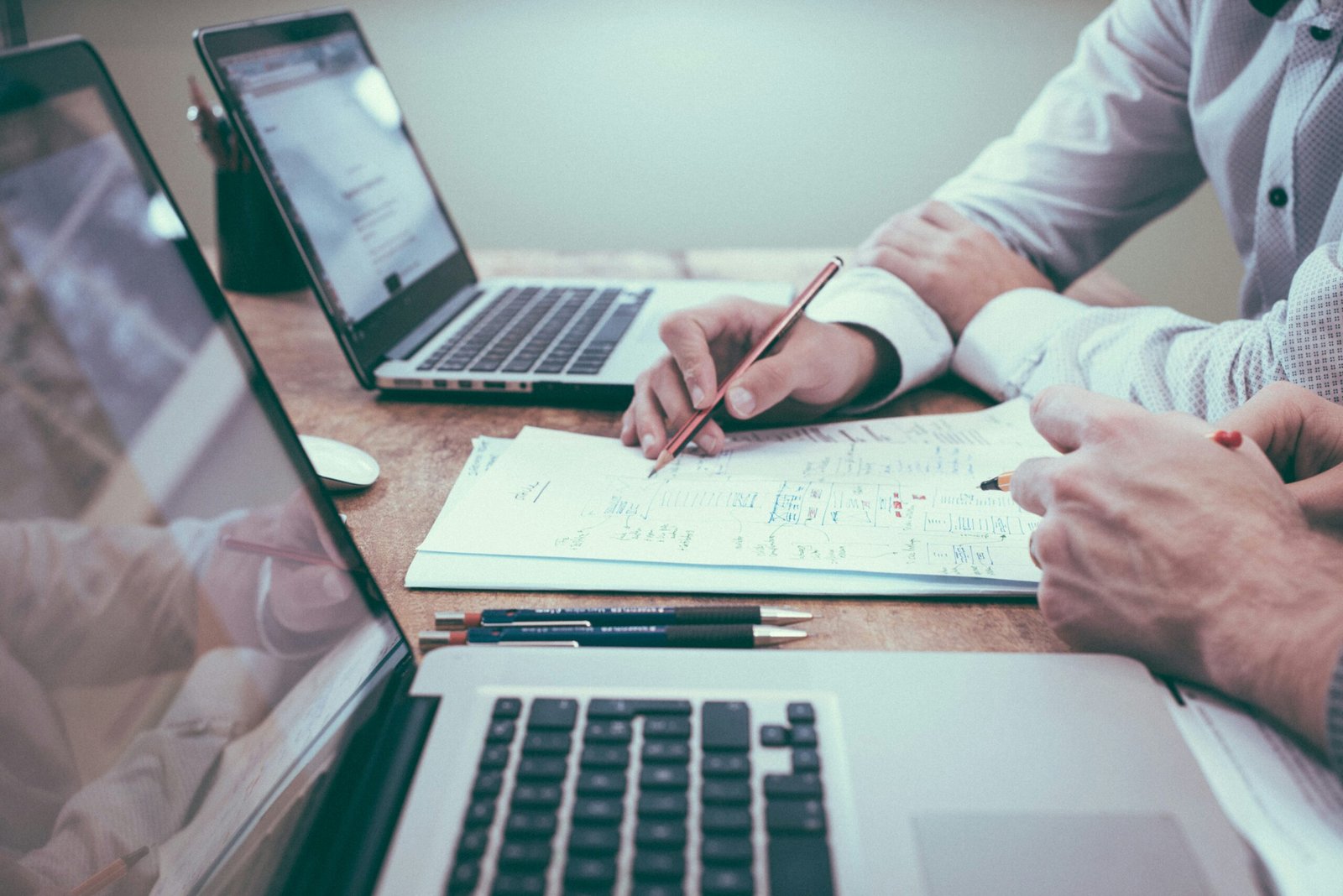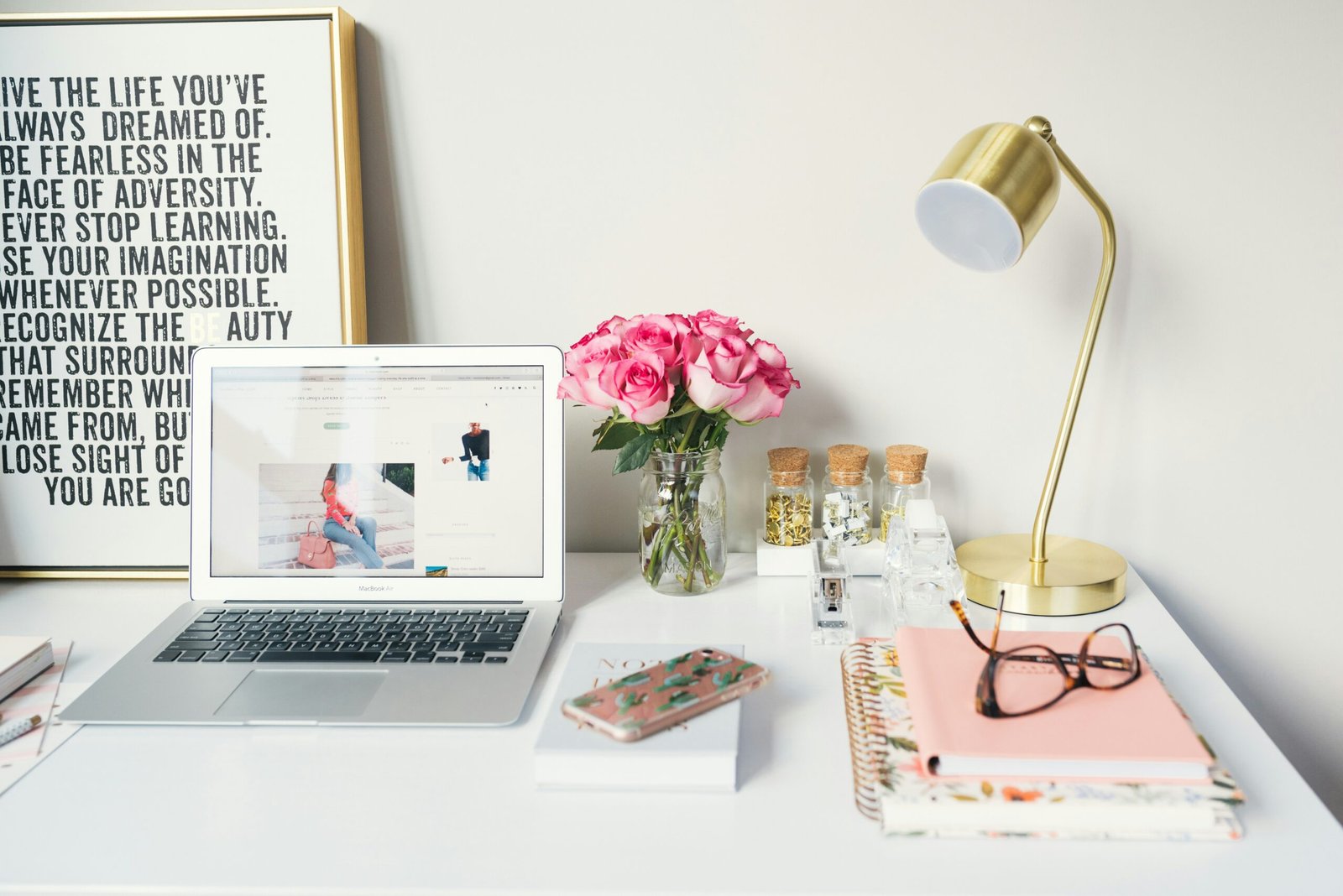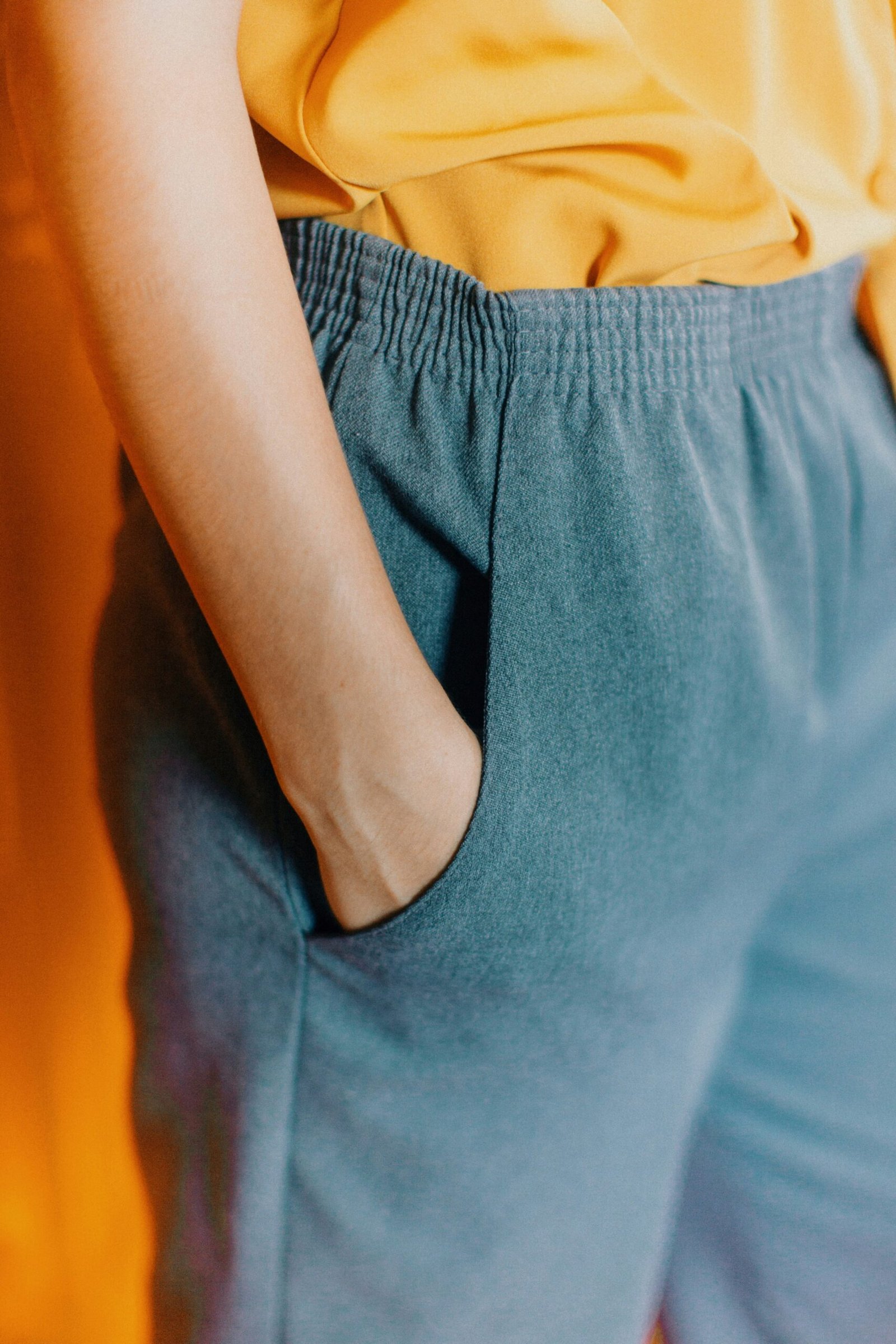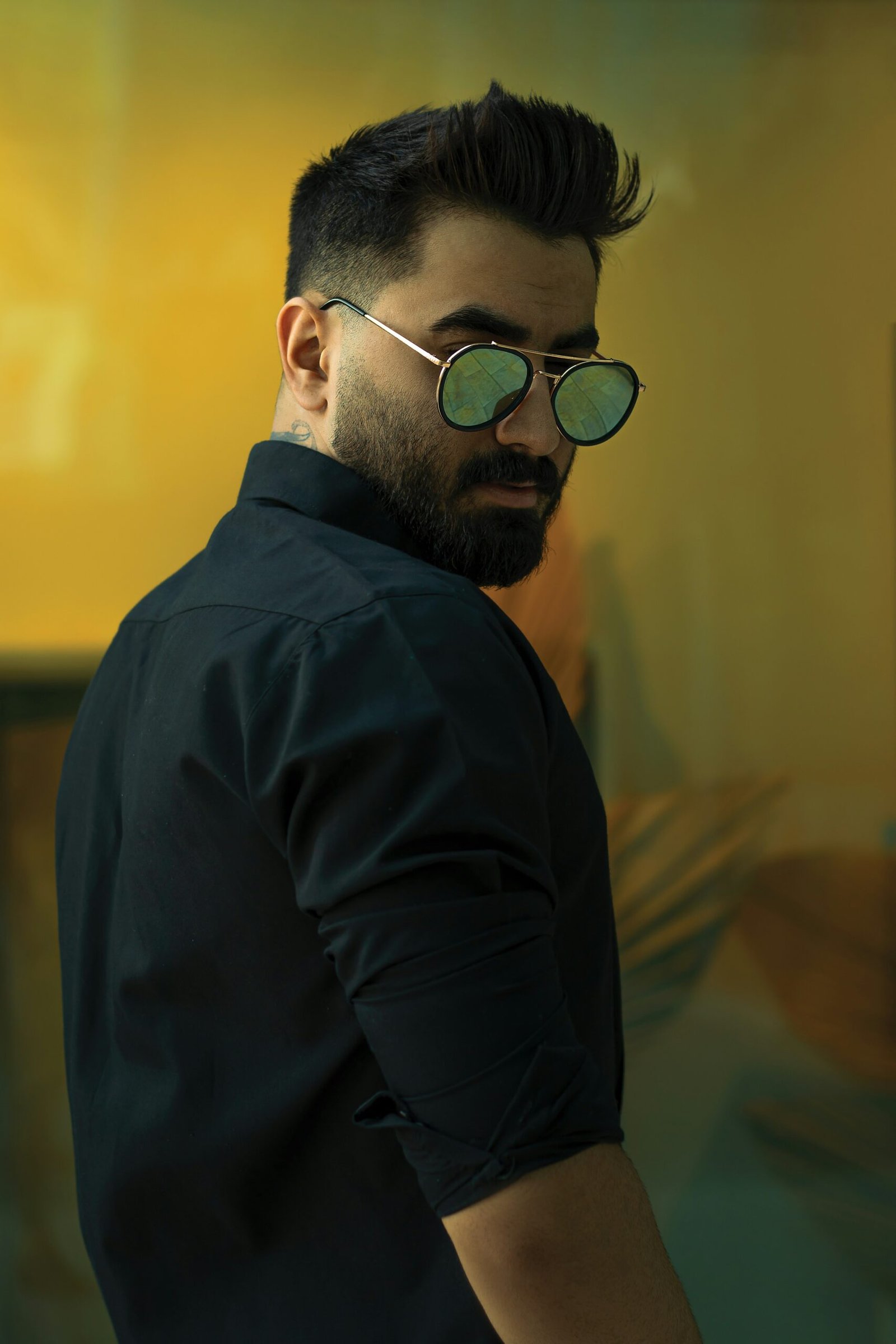Introduction: The Importance of Dressing Well for Interviews
In today’s competitive job market, the significance of appropriate dress for job interviews cannot be overstated. First impressions are often formed within mere seconds of meeting someone, and visual appearance plays a crucial role in shaping those first perceptions. When candidates enter an interview room, their attire serves as a visual statement, conveying professionalism, attention to detail, and understanding of workplace norms. Recruiters and hiring managers frequently interpret clothing choices as indicators of a candidate’s seriousness and commitment to the position.
Additionally, the psychological impact of clothing extends beyond the perception of interviewers; it can also influence candidates themselves. Studies suggest that wearing suitable attire can enhance self-confidence and improve overall performance during interviews. This is particularly important in high-pressure environments, where the anxiety of wanting to make a positive impression can be overwhelming. When job seekers dress appropriately, they are likely to exhibit greater poise and present themselves more effectively, ultimately enriching the interview experience.
The choice of attire may vary depending on the industry and company culture, making it essential for candidates to conduct thorough research before selecting their outfits. Understanding the nuances of dress codes—whether they lean towards business formal, business casual, or other styles—can significantly enhance one’s chances of making a favorable impact. Thus, aspiring professionals should equip themselves with knowledge on how to choose the right outfit tailored to the specific opportunity they are pursuing.
In the sections that follow, we will explore practical fashion tips for job interviews, offering guidance on how candidates can seamlessly integrate their personal style while adhering to professional standards. Ultimately, dressing well is not just about aesthetics; it is about preparing oneself for success in the competitive landscape of job searching.
Understanding the Company Culture
Before attending a job interview, gaining insights into a company’s culture is essential for selecting an appropriate outfit. Company culture encompasses the values, beliefs, and behaviors prevalent within an organization, including its dress code. To make an informed decision about your attire, thorough research is necessary.
One of the most effective ways to understand a company’s culture is by visiting its official website. Many organizations provide insights into their values, mission statements, and employee life on their “About Us” pages. This online resource often includes photographs or descriptions of employees in their work environment, giving potential candidates a glimpse into the expected dress standards. For instance, a company that showcases images of its workforce in formal attire may indicate a more traditional dress code, whereas pictures of team members in smart-casual wear suggest a more relaxed atmosphere.
Social media platforms serve as valuable tools for gauging company culture as well. Many businesses share daily activities, team events, and achievements on platforms like LinkedIn, Instagram, and Facebook. By observing employees in these informal settings, candidates can gather crucial clues about the level of professionalism in attire, which can range from business professional to casual. It is also beneficial to explore engagement in these spaces, as companies often showcase their values through posts and image presentations.
Additionally, employee reviews on websites such as Glassdoor can offer perspectives on workplace expectations, including dress code. Reviewing commentary from current and former employees can reveal insights into the prevailing dress culture, whether it leans towards formal attire or a more casual approach. Ultimately, this research not only aids in selecting the right outfit but also allows candidates to align themselves with the company’s work environment and values, increasing their chances for success in the interview process.
The Power of Professional Attire
Professional attire plays a pivotal role in job interviews, serving as a visual representation of a candidate’s readiness and seriousness about the position. The definition of professional attire can vary significantly depending on the industry, organizational culture, and specific job role. For example, corporate environments often lean towards traditional business attire, which typically includes tailored suits, dress shirts, and polished shoes. In contrast, creative industries may adopt a more relaxed yet still polished dress code, allowing for personal expression while maintaining an air of professionalism.
Choosing the right outfit for a job interview is not solely about compliance with established norms; it is also about demonstrating respect for the interview process and the individuals involved. When candidates dress appropriately, they convey that they understand the significance of the opportunity and are willing to invest in making a positive first impression. A well-chosen outfit can enhance a candidate’s confidence, allowing them to focus on articulating their skills and experiences rather than feeling self-conscious about their appearance.
Moreover, polished and put-together attire can mitigate concerns about a candidate’s professionalism, enabling interviewers to concentrate on evaluating qualifications and cultural fit rather than being distracted by clothing choices. In industries where client interactions are common, appearing well-groomed and appropriately dressed showcases an understanding of the professional norms expected within the field. This awareness can be crucial in instilling confidence in potential employers regarding a candidate’s ability to represent the company effectively.
Ultimately, the power of professional attire extends beyond mere aesthetics; it communicates a candidate’s dedication, understanding of the role, and alignment with the company’s values. A thoughtfully selected outfit can lead to more successful interview outcomes, propelling candidates toward career advancement.
Choosing the Right Colors and Textures
The psychology of color plays a significant role in how individuals are perceived in professional settings, particularly during job interviews. Different colors can evoke distinct emotions and convey messages that may influence the overall impression a candidate leaves on interviewers. For instance, blue is often associated with trust and reliability, making it an excellent choice for interviews. On the other hand, red exudes confidence and can be persuasive, but it may come across as aggressive if overused. Neutral colors, such as gray and beige, are safe bets that suggest professionalism and calmness.
When selecting colors for your interview attire, consider the industry and company culture. A tech startup may embrace more vibrant colors, while a corporate law firm may favor muted tones. It’s important to frame your color choices within the context of the environment you aspire to enter. Additionally, understanding how colors complement your skin tone can enhance your overall appearance, allowing you to present your best self.
Equally important is the choice of fabric. The texture of your clothing can affect comfort and appropriateness during an interview. Lightweight fabrics, such as cotton or linen, can provide comfort, especially in warm weather, whereas wool or polyester blends might be more suitable for cooler environments. They also tend to maintain their structure, which can help in conveying a polished look. Moreover, ensure that the clothing fits well and allows for freedom of movement, which can help reduce distraction and enable you to focus on the interview itself.
Ultimately, the combination of appropriate colors and textures can significantly enhance your presentation during a job interview, ensuring you project confidence and professionalism effectively.
Accessorizing: When Less is More
Accessories play a crucial role in completing an interview outfit, yet their effectiveness hinges on the principle of minimalism. When preparing for a job interview, candidates should approach accessorizing with the intent to enhance their overall appearance rather than dominate it. This strategy focuses on maintaining a professional image while ensuring that the interviewer’s attention remains on the applicant’s qualifications and skills.
The key to successful accessorizing lies in selecting items that are subtle yet impactful. Candidates should choose one or two statement pieces that complement their attire without overwhelming it. For instance, a classic wristwatch or a simple necklace can provide a polished touch, signaling attention to detail. Avoiding excessive jewelry, such as large earrings or numerous bangles, is essential, as they can create distractions that detract from the interviewee’s message.
Colors and materials also play a significant role in accessory selection. Opting for neutral colors or soft tones ensures that the accessories align with a conservative dress code. Materials such as leather or fine metals are often perceived as more professional, while overly flashy items may suggest a lack of seriousness about the position. Accessories should be aligned with the industry’s culture; for instance, creative sectors may allow for a more playful approach, while corporate environments typically favor more traditional styles.
In conclusion, the art of accessorizing for job interviews is all about striking the right balance. By choosing understated accessories that enhance rather than distract, candidates can present themselves as polished and professional. This approach not only reflects good taste but also underscores the candidate’s focus on the opportunity at hand, enabling them to make a lasting impression.
Grooming and Personal Hygiene Tips
When preparing for a job interview, the importance of grooming and personal hygiene cannot be overstated. These elements not only contribute to a polished appearance but also communicate a candidate’s attention to detail and professionalism. To enhance your overall presentation, there are several key areas to focus on.
First and foremost, hair care plays a significant role in your appearance. A neat, well-groomed hairstyle can create a positive first impression. Depending on your hair type and style, ensure that your hair is clean and styled appropriately for the position you are applying for. For individuals with longer hair, consider tying it back neatly to avoid any visual distractions. Regular trims can also help maintain a healthy and professional look.
Skin care is another essential component of grooming. Prioritizing a good skincare routine before your interview will ensure your complexion looks its best. Cleanse and moisturize your skin to achieve a fresh and healthy glow. If you wear makeup, opt for a natural look that enhances your features while maintaining professionalism. It is advisable to avoid overly bold or flashy colors that may detract from your professional image.
Nail care should not be overlooked either. Well-manicured nails reflect a polished appearance and can greatly influence how you are perceived. Keep your nails clean and trimmed, and consider a neutral nail polish if you choose to wear color. This shows that you put thought into your overall grooming.
Finally, select a light fragrance that is pleasant but not overpowering. A subtle scent can leave a positive impression, but it is important to avoid strong or overwhelming fragrances that may be distracting. Being mindful of all these grooming aspects can significantly enhance your overall interview attire and help project the right image to potential employers.
Comfort Meets Style: Finding the Balance
When preparing for a job interview, it is crucial to consider the balance between comfort and style. Achieving this equilibrium not only enhances your confidence but also allows you to focus on presenting your best self without the distraction of ill-fitting clothing. First and foremost, selecting attire that fits well is imperative; garments that are excessively loose or tight can lead to discomfort and preoccupy your thoughts during the interview. A tailored outfit is often the ideal choice, as it provides a polished appearance while allowing for ease of movement.
Fabrics also play a significant role in ensuring comfort. Opt for materials that offer both breathability and flexibility. Natural fibers, such as cotton and wool, can provide a comfortable feel against the skin while still appearing professional. Additionally, incorporating a small percentage of spandex or elastane in your clothing can lend support without compromising on style. This blend is particularly beneficial for items that require more structure, like blazers or trousers, promoting a fit that allows for movement without feeling constricting.
Footwear is another element where comfort and style must intersect. Selecting shoes that not only complement your outfit but also support your feet is essential, especially if you anticipate walking or standing for extended periods. Styles such as low-heeled shoes or chic loafers can provide much-needed comfort while maintaining a professional look. Ultimately, it is essential to conduct a trial run prior to the interview: walk around in your complete outfit to ensure that it allows for freedom of movement and supports your poise.
By prioritizing these factors, candidates can navigate their job interviews with confidence and grace, making a lasting impression without compromising their comfort.
Preparing for the Interview Day: Final Checklist
In the days leading up to a job interview, preparation is key to ensuring a successful experience. The day before the interview, candidates should begin by carefully selecting their outfit. This involves choosing professional attire that aligns with the company culture and the position being applied for. It is advisable to lay out all clothing items, such as trousers, blouses, blazers, or dresses, and to select appropriate accessories to complete the look.
Once the outfit has been chosen, it is important to ensure that each piece is clean and wrinkle-free. Candidates should inspect their clothing for any signs of stains or damage. If necessary, they should launder or press the garments to guarantee a polished appearance on the day of the interview. Additionally, footwear selection is a crucial component of the overall outfit. Shoes should not only complement the attire but also be comfortable enough to wear for an extended period, particularly if the interview involves a tour of the workplace.
On the morning of the interview, candidates can follow a final grooming routine. This includes personal hygiene habits such as showering and grooming hair, as well as applying minimal yet professional makeup if applicable. Attention should be given to details such as neatly trimmed nails and appropriate fragrances, ensuring a pleasant impression without being overpowering.
Lastly, candidates should review their pre-prepared materials, including their resume and any portfolio items, ensuring these are organized and easily accessible. By following this comprehensive checklist, candidates can approach their job interviews confidently, showcasing their readiness and professionalism right from the start.
Conclusion: Putting It All Together
As the job market becomes increasingly competitive, the significance of dressing appropriately for interviews cannot be overstated. The right attire serves not only as a reflection of professionalism but also as an essential factor in boosting one’s confidence. In this regard, candidates must be mindful of the impression they create, as it can significantly influence the hiring decision. Selecting an outfit that aligns with the industry standards while expressing personal style is crucial for making a lasting impact.
Throughout this blog post, we have highlighted various aspects of interview attire, including the importance of understanding the company culture, the role of colors in conveying professionalism, and the necessity of tailoring clothing for a perfect fit. By adhering to these tips, candidates can ensure they project competence and poise. Furthermore, comfort should not be compromised; feeling at ease in one’s clothing allows for greater focus on the interview itself, rather than on any potential wardrobe malfunctions.
In addition to these guidelines, candidates are encouraged to personalize their outfits to reflect their individual personality while still maintaining a professional appearance. Whether through the choice of accessories, subtle patterns, or even a unique color palette, small elements can distinguish a candidate from others. Ultimately, the goal is to create an outfit that not only meets the expectations of potential employers but also instills self-assurance in the wearer.
As you prepare for your upcoming job interviews, remember that your attire is a vital component of your overall presentation. By incorporating the insights outlined in this post, you can dress for success, thereby enhancing your chances of making a favorable impression. With careful planning and consideration of both professional standards and personal expression, you can approach your next interview with confidence and clarity.











